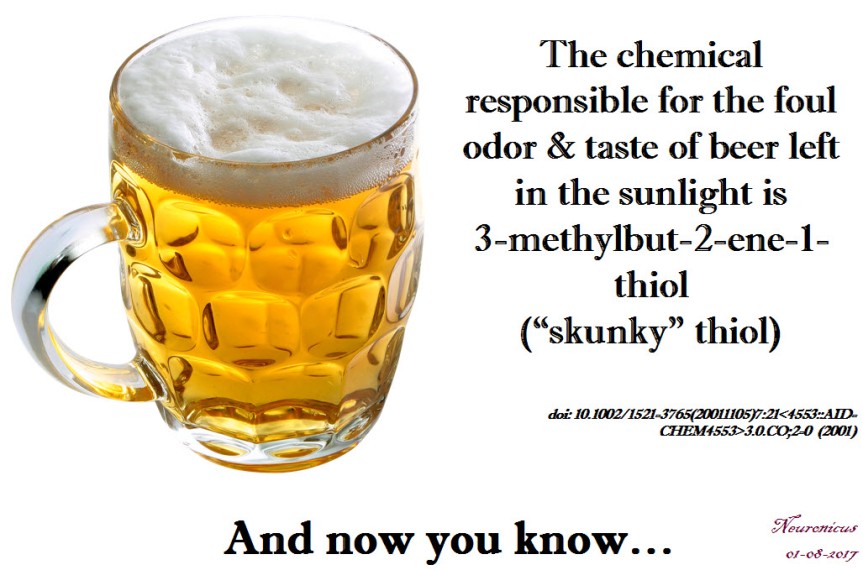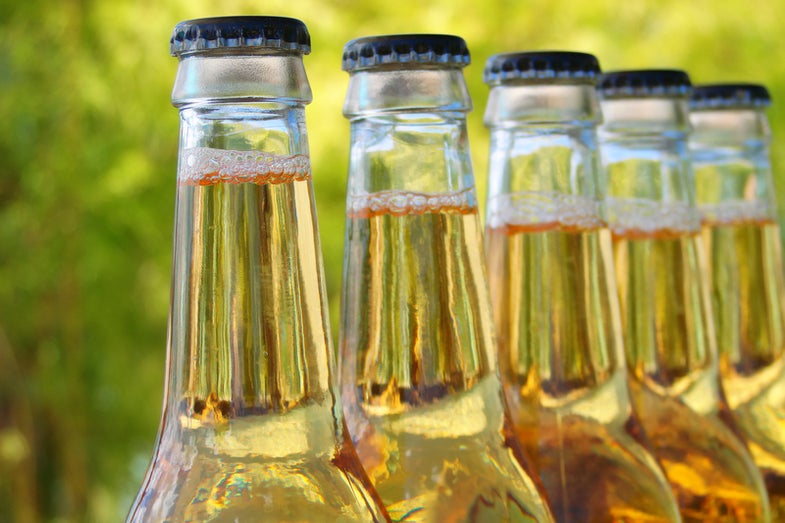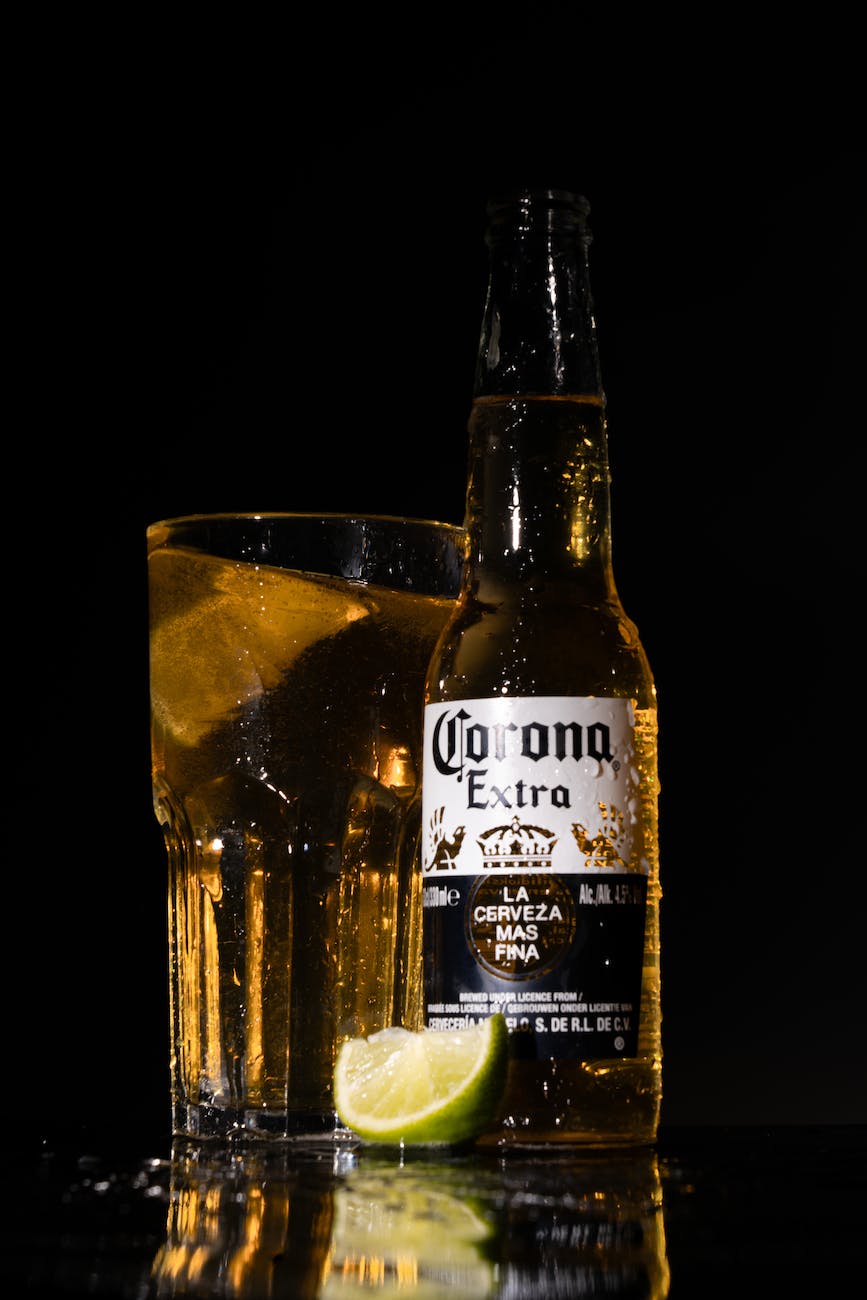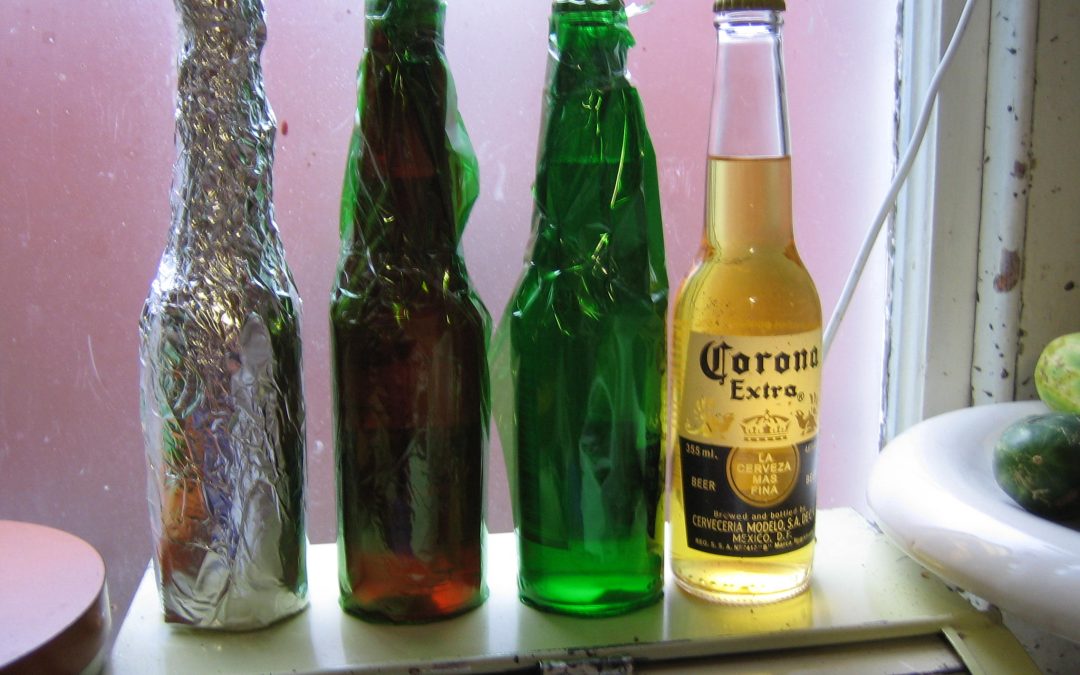So you’ve cracked open a cold one, ready to enjoy the refreshing taste of your favorite beer. But to your horror, it’s skunked! The unmistakable aroma of a skunk’s spray wafts from the bottle, turning your once beloved beverage into a potential biology experiment. But fear not, my beer-loving friend, for within this article lies the secrets to transforming your skunked beer into a scientific adventure. It’s time to don your lab coat, grab your microscope, and embrace the unexpected wonders that lurk within that foul-smelling brew. Get ready to unleash the science of skunked beer!

Understanding Skunked Beer
What causes beer to become skunked?
Skunked beer refers to beer that has been affected by a chemical reaction, resulting in an unpleasant odor and taste. The main cause of beer becoming skunked is exposure to light, particularly ultraviolet (UV) light. However, there are also certain chemical reactions that occur in skunked beer, which contribute to its undesirable characteristics.
The role of light in skunking beer
When beer is exposed to UV light, such as sunlight, the light triggers a chemical reaction between the hops and the riboflavin present in the beer. This reaction produces a compound called 3-methyl-2-butene-1-thiol, commonly known as MBT or skunky aroma compound. This compound is what gives skunked beer its characteristic smell and flavor.
Chemical reactions that occur in skunked beer
Aside from the interaction between hops and UV light, there are other chemical reactions that contribute to the skunking of beer. One such reaction involves the release of volatile thiols. When beer is exposed to light, these thiols are generated, resulting in the foul odor and taste associated with skunked beer.
Detecting Skunked Beer
Signs and sensory indicators of skunked beer
It’s fairly easy to detect skunked beer by using your senses. The most obvious sign is the strong, pungent odor that resembles the smell of a skunk. Skunked beer also has a distinct flavor that is usually described as skunky or sulfuric. In terms of appearance, skunked beer may exhibit a slight change in color, often becoming slightly darker.
How to identify a skunked beer
To identify a skunked beer, start by giving it a sniff. If you immediately detect a strong, unpleasant odor reminiscent of a skunk, then you can be quite certain that the beer has been skunked. When it comes to taste, a skunked beer will have a noticeably off-putting flavor that is difficult to enjoy. Pay attention to any sulfuric or skunky notes in the taste.
The Biology Behind Skunking
Interaction of hops and UV light
The interaction between hops and UV light is a key factor in the process of skunking beer. Hops, which are used for their bitter and aromatic properties in brewing, contain compounds called alpha acids. When exposed to UV light, these alpha acids degrade and form the skunky aroma compound, 3-methyl-2-butene-1-thiol.
The release of volatile thiols
Volatile thiols are compounds that contribute to the skunky odor and taste of beer. In skunked beer, these volatile thiols are released as a result of chemical reactions triggered by light exposure. These compounds are highly volatile and can easily be detected by our sense of smell and taste.
The role of mercaptans
Mercaptans, also known as thiols, are sulfur-containing compounds that can contribute to the skunking of beer. Mercaptans are produced when the sulfur-containing amino acids present in beer react with certain compounds released during the skunking process. These mercaptans further intensify the skunky aroma and flavor of skunked beer.
Preventing Skunking
Choosing the right packaging
To prevent beer from becoming skunked, it is crucial to choose the right packaging. Beers that are packaged in light-proof or opaque containers, such as cans or brown glass bottles, are less susceptible to skunking. These types of containers provide a barrier against UV light, minimizing the risk of the chemical reactions that lead to skunking.
Proper storage and transportation
Proper storage and transportation of beer can also help prevent skunking. Beer should be stored in a cool, dark place away from direct sunlight. Additionally, beer should be handled and transported with care to minimize exposure to light. This means avoiding placing beer in the trunk of a hot car or leaving it in direct sunlight for extended periods.
Avoiding exposure to light
Perhaps the most important step in preventing skunking is to avoid exposing beer to light. Whether you’re enjoying a beer outdoors or storing it at home, it’s crucial to shield it from UV light. Keep beer in shaded areas or use UV-protective covers or coolers. By taking these precautions, you can significantly reduce the risk of your beer becoming skunked.

Experimenting with Skunked Beer
Turning skunked beer into a science project
If you find yourself with a skunked beer, instead of pouring it down the drain, consider turning it into a fun science experiment. Skunked beer can be used as a fascinating way to study chemical reactions and their effects on taste and aroma. With a little creativity, you can unlock a world of learning opportunities using your skunked beer as the subject.
Designing experiments to study skunking
To design experiments to study skunking, you can start by exposing skunked beer to different light conditions and comparing the results. Monitor the changes in aroma, taste, and appearance over time. You can also compare the skunked beer to a non-skunked sample to better understand the differences between the two. Get creative and try out various variables to expand your understanding of skunking.
Potential outcomes and observations
Through experimenting with skunked beer, you may observe a wide range of outcomes. You might notice that different types of beer react differently to light exposure, resulting in varying levels of skunking. Additionally, you may discover that certain conditions, such as temperature and duration of light exposure, can influence the intensity of skunking. These observations can provide valuable insights into the skunking process.
Alternative Uses for Skunked Beer
Using skunked beer for cooking
Skunked beer can surprisingly find a second life in the kitchen. The strong flavors and aromas of skunked beer can add a unique twist to various dishes. Consider using skunked beer to marinate meat or incorporate it into sauces, stews, or batters for a distinct flavor profile. Just be mindful that the skunky taste may still be present, so it’s best suited for recipes that can complement or mask the undesirable flavors.
Gardening with skunked beer
Believe it or not, skunked beer can also have benefits in the garden. The compounds that give skunked beer its distinct odor can act as a natural deterrent for certain pests, such as slugs and snails. By placing containers of skunked beer around your plants, you may be able to keep these garden pests at bay. However, it’s important to use skunked beer sparingly and in moderation to avoid any negative effects on your plants.
Creative ways to repurpose skunked beer
If you’re feeling particularly creative, there are countless ways to repurpose skunked beer. Consider using it for art projects, such as creating beer-based paints or using it as a stain for wood projects. Skunked beer can also be used as an ingredient in homemade beauty products, such as beer-based hair treatments or bath bombs. Let your imagination run wild and explore the hidden potential of skunked beer.
Rescuing Skunked Beer
Can skunked beer be salvaged?
While it’s difficult to completely eliminate the skunky flavors and aromas from skunked beer, there are methods to salvage it to some extent. One method is to try masking the skunked flavors by adding complementary ingredients. For example, citrus fruits or hoppy additions can help to balance out the skunky taste. However, it’s important to note that these methods may only partially mask the skunked flavors and not completely eliminate them.
Methods to mask or neutralize skunked flavors
In addition to using complementary ingredients, you can also experiment with blending skunked beer with non-skunked beer to dilute the skunky flavors. Gradually adding small amounts of non-skunked beer while tasting can help achieve a better balance. Additionally, chilling the beer can help to suppress the skunky aromas and flavors. These methods may not completely eliminate the skunked characteristics but can make the beer more palatable.
Techniques for blending skunked beer
When blending skunked beer with non-skunked beer, it’s important to start with small amounts and taste as you go. Slowly increase the proportion of non-skunked beer until you reach a desirable flavor. This gradual blending process allows the flavors to harmonize and reduces the intensity of the skunky taste. Experiment with different beer styles and ratios to find the perfect balance for your palate.
Skunked Beer Mythbusters
Common myths surrounding skunked beer
There are several common myths surrounding skunked beer that we need to address. One prevalent myth is that skunked beer indicates it has gone bad or is unsafe to drink. While skunked beer may have an off-putting flavor and aroma, it is usually safe for consumption. Skunked beer is not a sign of spoilage but rather a result of chemical reactions.
Another myth is that refrigerating skunked beer can reverse the skunking process. Unfortunately, chilling skunked beer will not revert the flavors and aromas back to their original state. The chemical compounds responsible for skunking remain even at cold temperatures.
Debunking misconceptions about skunked beer
To clear up these misconceptions, it’s important to emphasize that skunked beer is not a health concern. It may not taste pleasant, but it is unlikely to cause any harm. Additionally, the skunking process is irreversible, and chilling the beer will not eliminate the skunky characteristics. Understanding these facts can help beer enthusiasts appreciate the science behind skunking and make informed decisions about their beer choices.
Homebrewing Tips to Avoid Skunking
Controlling the brewing process
To prevent skunking during the homebrewing process, it is essential to control various factors. One crucial aspect is minimizing the exposure of hops to light. For example, adding hops late in the boil or during fermentation can reduce their exposure to light, minimizing the risk of skunking. Additionally, maintaining proper fermentation temperatures can help preserve the stability and quality of the beer.
Ingredient selection to prevent skunking
When selecting ingredients for homebrewing, it’s vital to consider their susceptibility to skunking. Opt for hops with lower alpha acid contents, as these are less likely to produce intense skunky flavors when exposed to light. Additionally, choosing UV-resistant packaging materials such as brown glass bottles or cans can further protect the beer from light-induced skunking.
Properly packaging homemade beer
Proper packaging is crucial in preventing skunking in homemade beer. Choose packaging materials that provide effective protection against UV light, such as brown glass bottles or cans. Ensure that the bottles are properly sealed to prevent any light exposure during storage and transportation. By taking these measures, you can significantly reduce the risk of your homemade beer becoming skunked.

Skunking in Commercial Beer
Why do some commercial beers get skunked?
Even though skunking is typically associated with poorly stored or transported beer, certain commercial beers can still become skunked. This can happen when beer is exposed to light during distribution or storage, particularly if the packaging is not light-proof. Additionally, mishandling of beer during transportation can contribute to the skunking of commercial beer.
Quality control measures in the brewing industry
Commercial breweries implement robust quality control measures to minimize the risk of skunking. These measures include using light-resistant packaging materials, conducting taste tests and product inspections, and closely monitoring the storage and transportation conditions of the beer. Despite these efforts, the occasional skunked beer may still make its way into the market due to various factors beyond the brewer’s control.
Consumer education on skunking
To educate consumers about skunking and its prevention, breweries often include information on their packaging or websites. They may highlight the importance of storing beer in a cool, dark place or provide guidelines on proper handling and transportation. By educating consumers, breweries aim to empower beer enthusiasts to make informed choices and reduce the chances of purchasing skunked beer.
In conclusion, skunked beer is a phenomenon caused by the interaction of hops, UV light, and certain chemical reactions. It is easily detectable through its distinctive odor, taste, and appearance. By understanding the biology behind skunking and implementing proper preventative measures, beer lovers can enjoy their favorite brews without the risk of skunking. Whether you choose to experiment with skunked beer, repurpose it creatively, or attempt to salvage it, remember to embrace the humorous side of this beer-related mishap. Cheers!
youhadmeatbeer.com, 2023 (c) All rights reserved. Without previous written consent from youhadmeatbeer.com, no part of this publication may be duplicated or communicated in any way, whether it be electronically, mechanically, photocopying, recording, or otherwise.

